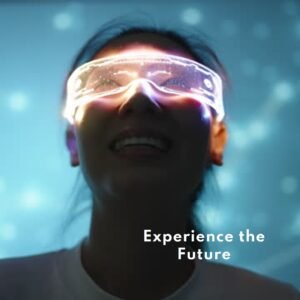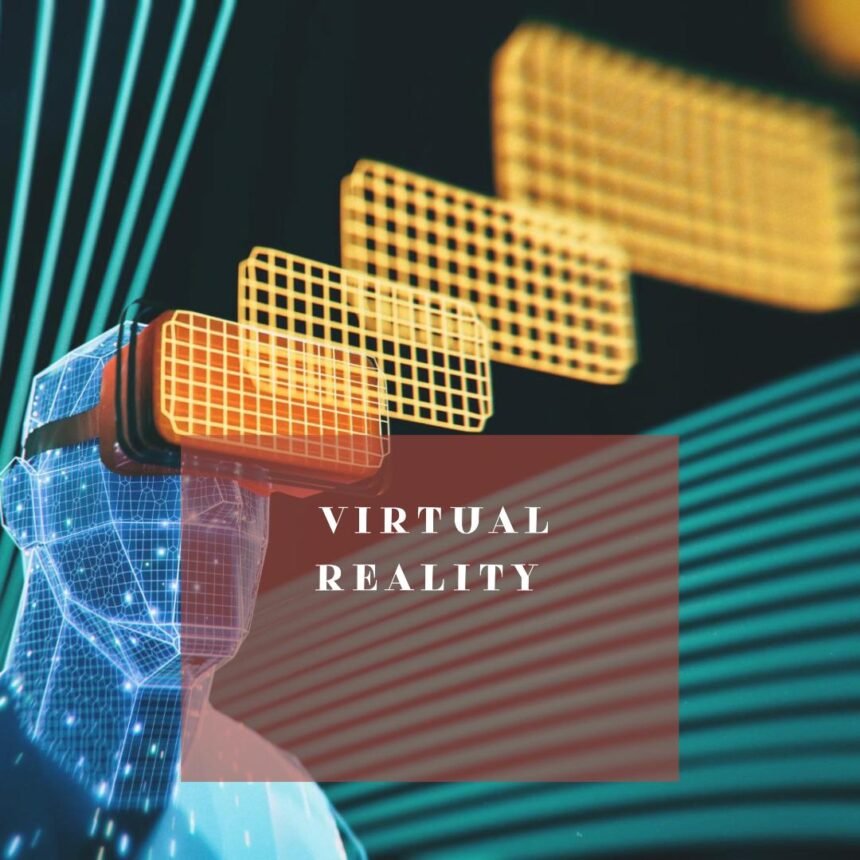Virtual Reality (VR) has emerged as a powerful tool that transcends traditional boundaries, unlocking new realms of creativity and innovation. As technology continues to evolve, so does our ability to harness its potential for artistic expression, storytelling, and immersive experiences.
The Canvas of Imagination
VR gives creators a blank canvas—an infinite space where imagination knows no bounds. Artists, designers, and developers can sculpt three-dimensional worlds, bringing their visions to life. From virtual galleries showcasing digital art to architectural simulations, VR allows us to explore and interact with environments that were once confined to our minds.
Interactive Storytelling
Narratives come alive in VR. Imagine stepping into the shoes of a character, navigating their choices, and influencing the plot. Whether it’s a historical reenactment, a sci-fi adventure, or a heartfelt drama, VR immerses us in the story. As creators experiment with branching paths and dynamic narratives, storytelling becomes a participatory experience.
Beyond Entertainment
While entertainment remains a significant aspect, VR’s impact extends beyond gaming and movies. Industries like education, healthcare, and design leverage VR for training simulations, medical procedures, and architectural walkthroughs. The ability to visualise complex data, manipulate molecules, or explore distant planets empowers professionals across disciplines.
Challenges and Opportunities
As VR evolves, challenges arise—motion sickness, hardware limitations, and content quality. However, these hurdles drive innovation. Developers strive for seamless experiences, pushing the boundaries of hardware and software. The democratisation of VR—accessible headsets and user-friendly tools—opens doors for creators worldwide.
The Uncharted Frontier
Virtual Reality is more than a technology; it’s a frontier waiting to be explored. As we continue to unleash its creative potential, we redefine how we perceive reality, art, and human interaction. The canvas expands, and the possibilities are limitless.
In this brave new world, creators wield headsets like magic wands, shaping realities and inviting us to step beyond the ordinary. Virtual Reality isn’t just a tool; it’s an invitation to dream, create, and unleash the extraordinary.
The advancements in technology have led to the emergence of virtual reality (VR) technology, which has undergone tremendous advancements in recent years.
Although initially intended for gaming, VR technology has expanded its potential beyond gaming. It can revolutionise the creative industry, including art, film, and architecture.
With its advanced capabilities, VR technology can unlock new levels of creativity and interactivity that were once impossible.
One of the most exciting applications of VR technology is in the world of art. With VR, artists can create immersive, interactive experiences that allow viewers to step into their work and experience it in a new way. This creates a level of engagement and emotional connection that isn’t possible with traditional art forms. For example, VR technology has enabled artists to create virtual worlds that viewers can explore or interactive installations that respond to the viewer’s movements and actions.
In the film industry, VR technology is already used to create immersive experiences that transport viewers to new worlds.
VR films allow viewers to participate actively in the story rather than passive observers, creating a level of engagement and emotional connection that is impossible with traditional films.
For example, VR films can place the viewer in the middle of a scene, allowing them to see and experience it from all angles. This creates an unparalleled sense of presence and immersion.

Architects and designers are also beginning to harness the power of VR technology. With VR, architects can create virtual models of their buildings and designs, allowing them to explore and refine their designs in a once-impossible way.
This will enable architects to identify and solve problems before construction begins, saving time and money in the long run.
Additionally, VR can create virtual walkthroughs of buildings, allowing clients to experience the space before it’s even built.
Also Read:
The Surprising Ways Technology is Helping to Save the Planet
The potential of VR technology in the creative industry is staggering. However, some challenges must be overcome before VR becomes a mainstream creative tool. One of the biggest challenges is accessibility. While VR technology has become more affordable in recent years, it still requires specialised equipment and software that can be prohibitively expensive for many artists, filmmakers, and designers.

Additionally, a steep learning curve is associated with VR, hindering many unfamiliar creatives.
Notwithstanding the difficulties, VR technology can transform the creative industry. With the enhancement in accessibility and user-friendliness, we can anticipate an increase in the number of creatives integrating VR into their work. VR technology can unlock new levels of creativity and interactivity previously unattainable across various sectors, including art, film, and architecture.



